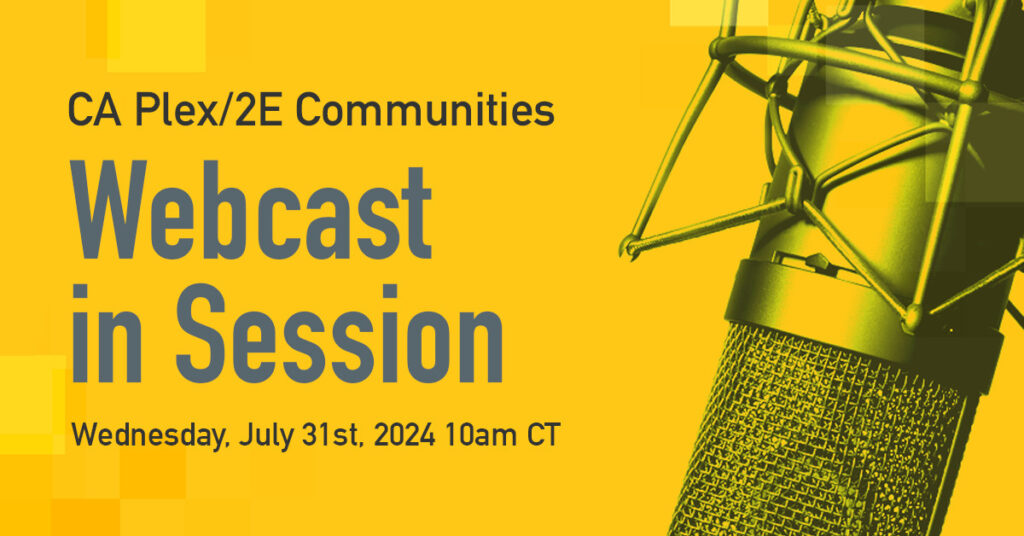Everything will be just fine for maintainers of CA 2E (Synon) systems in spite of IBM sunsetting PL/I support.
Register now for the CA 2E (SYNON) and CA Plex July 31st 29th 2024 Community Webcast for conference updates, technical talks, and more.
Today’s article addresses a recent code challenge that we encountered and successfully solved. Below, we’ll demonstrate a way to route all dynamic DB2 requests for a particular User ID, such as SQL from Rational for i, IBM DataStudio, DataGrip, Mulesoft, etc. – a game changer for handling SQL requests from various platforms. Normally these requests
Thanks to a highly online customer base and workforce, modern software architectural styles tend to strive for better flexibility, scalability, and maintainability in their complex ecosystems. In this battle for efficiency and power, two prominent architectural styles have become popular – Microservices and Service-Oriented Architecture (SOA). Here, we dive into the basic principles, key characteristics,
IT Managers looking to modernize are increasingly finding salvation in the Strangler Application Pattern, an incremental approach theorized by Martin Fowler fifteen years ago. Sitting on top of a monolith Managers of mission-critical legacy systems face big challenges when called upon to usher them into the modern age. These systems, many of which are many
In business, the status quo can be deadly. And there is no deadlier force than the quiet march of technological progress, somewhere in the wild, slowly but surely rendering your business obsolete. This thought isn’t new if your critical business operations are running on a legacy language like COBOL. It’s a trusty system, has been







